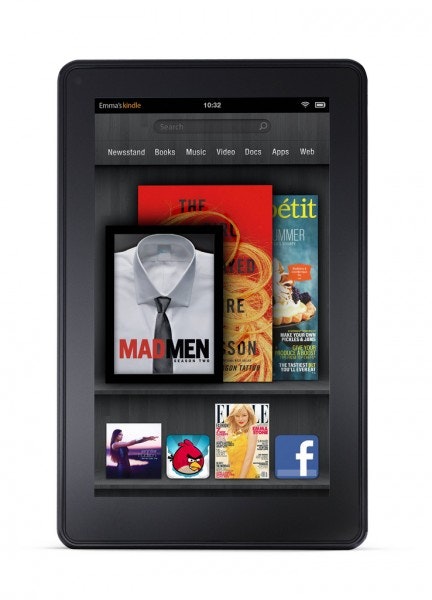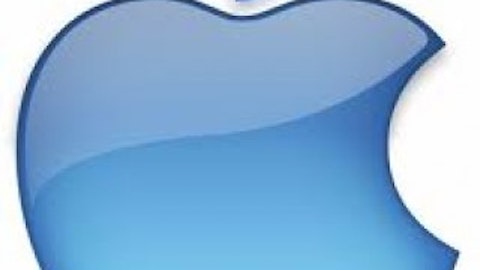Last week, Amazon.com, Inc. (NASDAQ:AMZN) announced that it was reducing the price of its Kindle Fire HD 8.9-inch tablet from $299 to $269, while also cutting the price of the LTE version from $499 to $399. In the press release, Amazon stated that the launch of those tablets in Europe and Japan allowed the company to increase production volumes and therefore lower prices. However, this announcement should be taken with a grain of salt. It is much more likely that weak sales of the 8.9-inch Kindle Fire devices led to the price cut. While Amazon has generally tried to sell its tablets at cost, the 8.9-inch devices were previously priced to be profitable. With the failure of that strategy, Amazon seems to be reverting to its primary strategy of pricing tablets at cost and hoping to sell content at a profit.

Other vendors, such as Motorola (Xoom), Research In Motion Ltd (NASDAQ:BBRY) (Playbook), and Hewlett-Packard Company (NYSE:HPQ)(TouchPad), have previously tried to compete with Apple Inc. (NASDAQ:AAPL) in the upscale tablet market. Each of those would-be iPad competitors flopped at the $499 price point. Even at greatly reduced prices, none of these tablets were able to come close to the iPad’s sales volume.
Despite this harsh lesson, Amazon.com, Inc. (NASDAQ:AMZN) decided to attempt a $499 tablet last year. The highlight of Amazon’s high-end tablet was a 4G LTE modem, and an option for customers to buy a discounted $49.99 basic data plan for the first year. Amazon also introduced an 8.9-inch Wi-Fi version of the Kindle Fire HD for $299. The Kindle Fire HD 8.9-inch began shipping on Nov. 15, with the LTE model shipping the week thereafter.

As early as December (one month after the launch of the Kindle Fire HD), analysts began warning that demand for the 8.9-inch Kindle Fire models was very weak. One analyst estimated that Amazon.com, Inc. (NASDAQ:AMZN) sold 6 million tablets in the holiday quarter, with most of those being the $199 Kindle Fire HD 7-inch. (Amazon has not released official sales statistics for the Kindle Fire tablets.) While some analysts had expected the new Kindle Fires to steal market share from Apple, the reverse seems to have occurred. Apple introduced the iPad Mini shortly after the Kindle Fire HD launch, with a starting price of $329. With a 7.9-inch screen, the iPad Mini is in between the two Kindle Fire HD size options. Apple reportedly expects to sell 55 million iPad minis in 2013. The iPad Mini’s runaway popularity suggests that customers comparing it to the Kindle Fire HD 8.9-inch are overwhelmingly willing to sacrifice on screen size (and pay an extra $30) to get the iPad’s superior overall experience.

